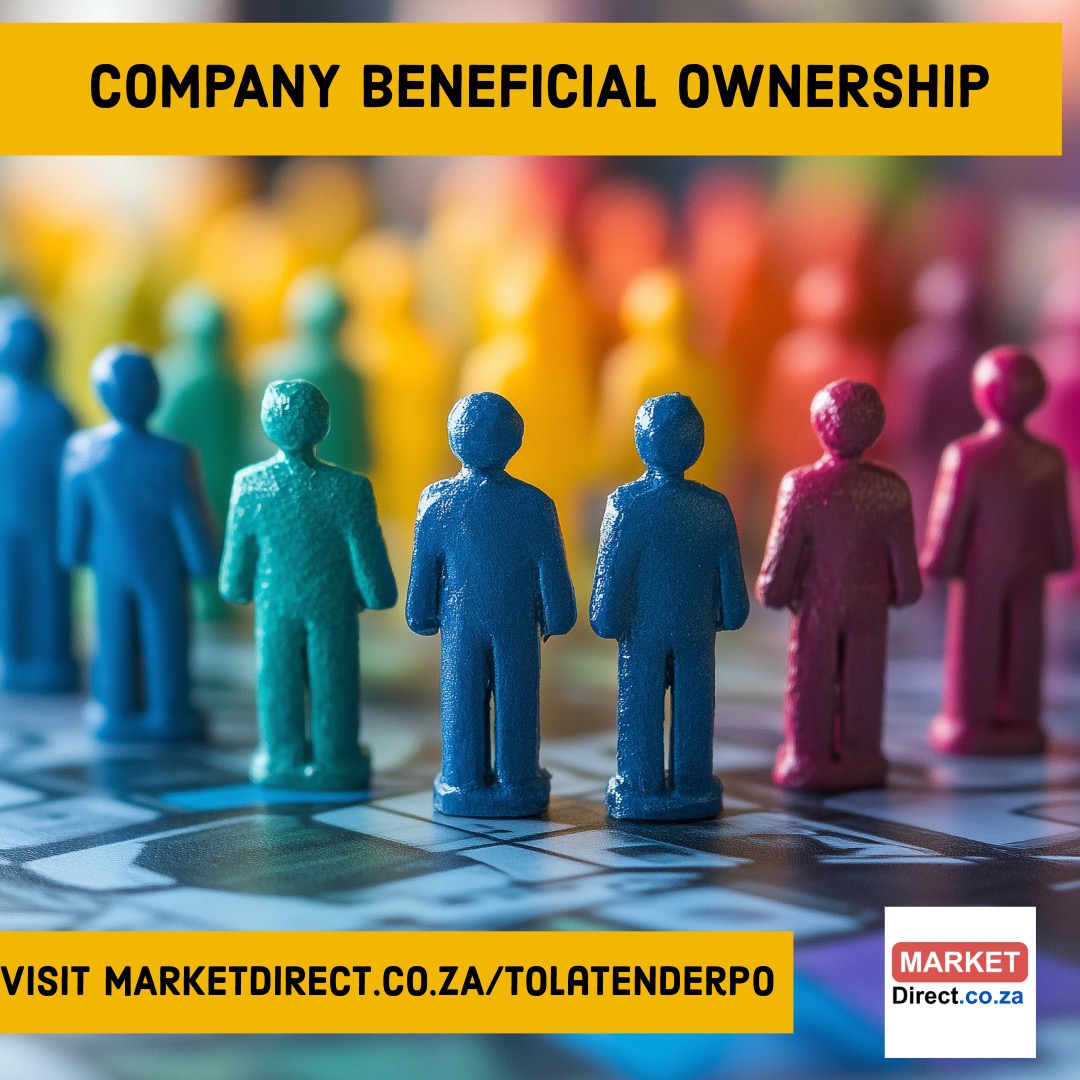What Prompted These New Rules?
Early in 2023, South Africa was placed on the Financial Action Task Force (FATF) “grey list,” signaling concerns about the country’s efforts to counter money laundering and the financing of terrorism. In response, the government swiftly enacted the General Laws (Anti-Money Laundering and Combating Terrorism Financing) Amendment Act 22 of 2022, which revised the Companies Act. As of 1 April 2023, all companies are required to create and maintain an up-to-date register of Beneficial Owners (BO) and submit that information to the Companies and Intellectual Property Commission (CIPC).
Though these requirements introduce new compliance obligations, the overarching aim is to promote greater transparency in company ownership. Below, we delve into Beneficial Ownership reporting and help you determine whether your entity is classified as affected or non-affected under the amended regulations.
Defining “Beneficial Owner”
A beneficial owner is the actual individual who ultimately influences or holds authority over a company, whether or not they appear as the official owner on paper. In other words, their real power may not always align with their formal ownership status.
Some scenarios that indicate beneficial ownership or control include individuals who:
- Possess 5% or more of the company’s issued shares.
- Have notable voting rights or the capacity to appoint/remove board members.
- Exert substantial sway over company decisions, even with a smaller equity stake.
Depending on the business structure, these thresholds might apply differently:
- Private company (Pty): Shareholders owning 5% or more of total shares.
- Close corporation (CC): Members with a 5% or greater stake.
- Non-profit company (NPC): Key members or directors (if there are no members) who have material influence.
- State-owned company (SOC): The minister or designated representative serving as shareholder.
Maintaining a Beneficial Ownership Register
Unless you are a specific type of public or state-owned entity, you must compile a Beneficial Ownership register. This document typically lists:
- Each beneficial owner’s full name.
- Their ID number or passport details (in the case of foreign nationals).
- The nature and percentage of the ownership interest, especially if it meets or exceeds the 5% threshold.
Differentiating Affected from Non-Affected Entities
What Makes a Company “Affected”?
Companies labeled as affected must follow stricter filing processes and more frequent updates regarding Beneficial Ownership. Your company will fall into this category if it matches any one of these conditions:
- It’s a public company (Ltd).
- It’s a state-owned company (SOC).
- It’s a private company (Pty) that:
- Transferred over 10% of its shares in the past two years to someone who is neither related nor interrelated to existing owners.
- Operates as a subsidiary of a public or state-owned company.
- Adopts public company rules in its Memorandum of Incorporation (MOI).
Note on “related” and “interrelated” persons: These terms often imply a familial or close personal/business relationship. For instance, relatives or corporate entities that significantly control or connect to one another may be deemed related. An interrelated person is simply someone linked to a related person.
Affected transactions can include:
- Selling the majority of a company’s assets (outside of business rescue).
- Mergers or amalgamations involving a regulated company.
- Arrangements between a company and its shareholders in a regulated context.
- Acquisitions of a significant portion of a regulated company’s voting shares.
- Transactions to secure the remaining voting shares of a regulated company.
- Mandatory offers and compulsory takeovers.
Non-Affected Companies
Organizations that don’t meet any of the above criteria for “affected” are considered non-affected. Such entities generally have simpler share structures or lesser public interest and therefore face fewer regulatory hurdles, although they still need to maintain a BO register if individuals own or control 5% or more of the entity.
Real-World Example 1: When a Private Company Becomes Affected
XYZ (Pty) Ltd was formed in 2018 with three shareholders:
- Mr. Green (50%)
- Ms. Brown (30%)
- Mr. White (20%)
Last year, XYZ transferred 15% of its total shares to an unrelated investment firm. This transfer of more than 10% within two years qualifies XYZ as an affected company. Consequently, XYZ must comply with the heightened Beneficial Ownership reporting standards and keep the CIPC informed whenever ownership changes occur.
Real-World Example 2: Group Structures and Subsidiaries
Scenario:
- Holding Company (Co X) owns 70% of Co Y.
- The remaining 30% in Co Y is held by various individual shareholders.
To figure out if Co Y is considered affected, consider these points:
- Is Co X a Public or State-Owned Company?
- If yes, any subsidiary (Co Y) automatically becomes an affected company.
- If no, move to the next question.
- Is Co X a Private Company?
- Did Co X transfer more than 10% of its shares in the last two years?
- If yes, Co X is classified as affected, making Co Y also affected.
- If no, Co Y likely remains non-affected unless there are other triggers.
- Did Co X transfer more than 10% of its shares in the last two years?
Key Insights
- Affected companies face more rigorous scrutiny and stricter compliance deadlines for Beneficial Ownership reporting.
- Non-affected companies have more straightforward reporting but must still adhere to basic BO requirements if ownership crosses the 5% threshold.
- The primary objective behind these mandates is to heighten transparency in South Africa’s business environment and to curb financial misconduct.
If you’re unsure about your entity’s classification, it’s wise to consult with a legal advisor or track the latest guidelines from the CIPC. Staying on top of Beneficial Ownership filings ensures compliance, minimizes legal risks, and contributes to a more transparent corporate landscape in South Africa.
